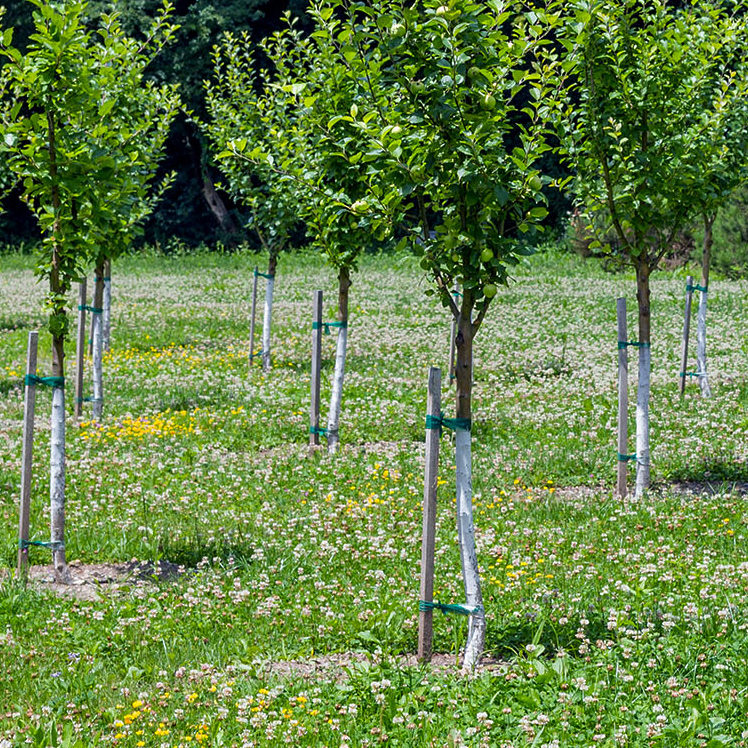
Hardwood garden stakes are often an unsung hero of the backyard. They may not look like much, but these no frills, pencil pointed rods can serve as a backbone for young or weak plants that may lean, bend or snap in the wind and rain. If this happens, the plants will not receive the sunlight and air flow they need to thrive.
 Plants That Need Extra Support
Plants That Need Extra Support
A reliable hardwood garden stake can provide much needed support for a variety of plants in your garden, including:
Flowering perennials
During the growing season, perennials need some extra TLC. Dahlias, delphiniums, peonies, sweet peas, zinnias, sedums, and lilies can all become floppy if not provided with the right support. It’s recommended that you attach them to a single hardwood garden stake, at least the height of the perennial, in early spring so they can grow to be strong and full by the height of the season.
Vegetables
Cucumbers, tomatoes, gourds, bell peppers are all good candidates for hardwood garden stakes. But any vegetable that produces a bountiful harvest yet struggles to handle their own weight should be supported with a 6’ stake.
Saplings
Young trees, especially those that grow in windy conditions or will experience high foot traffic, can greatly benefit from hardwood garden stakes. A sapling can be attached to a single 4-5’ stake, or between two 4-5’ stakes using twine and chain ties for additional support.
Installation Tips
Now that you know the plants that could use the added stability of a hardwood garden stake, let’s dive into how to properly install them. NOTE: If at all possible, the stakes should be installed at the time of planting to avoid any potential damage to the roots.
- Consider the position for your hardwood garden stake(s). If the plant or sapling is leaning one way, the stake should be placed where it can pull the plant or sapling back into a straight, upright position.
- Hammer the stake(s) roughly six inches into the ground and three to six inches from the stem or stalk of the plant or sapling. If the ground is hard, consider watering the area first.
- Secure the plant to the hardwood garden stake with twine or chain ties, about two-thirds of the way up. There should be ties every three to four inches with plans to add more as the plant or sapling grows. Be careful not to tie too tight.
- Remember plants and saplings should only be staked for one growing season. After that, it is assumed the root systems have had an opportunity to spread out and settle in. You can then remove any ties but leave the stakes in, if you prefer to deter foot traffic.
- If you choose to remove the stakes, gently dig around the base of each to loosen it while being careful not to disturb the roots.
It can be a big, windy world for plants or saplings in your backyard. Be sure to give them the support they need to be strong with hardwood garden stakes. Eaton Brothers offers high-quality 1” and 2” stakes milled and pointed in New York from North American Oak, Cherry and Maple trees to help protect weaker plants or even mark separate rows of plants.




